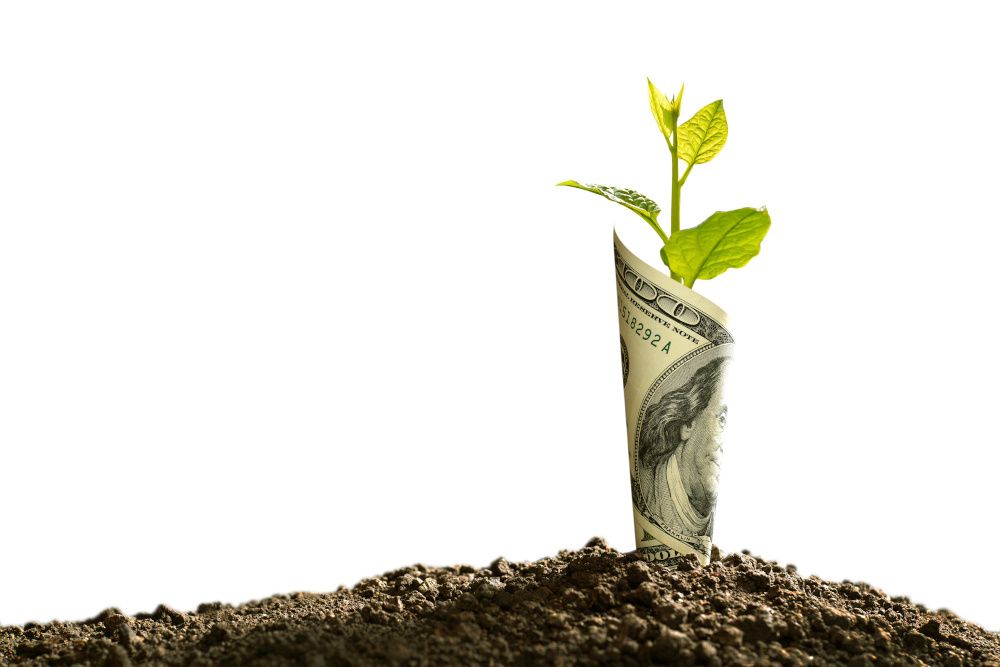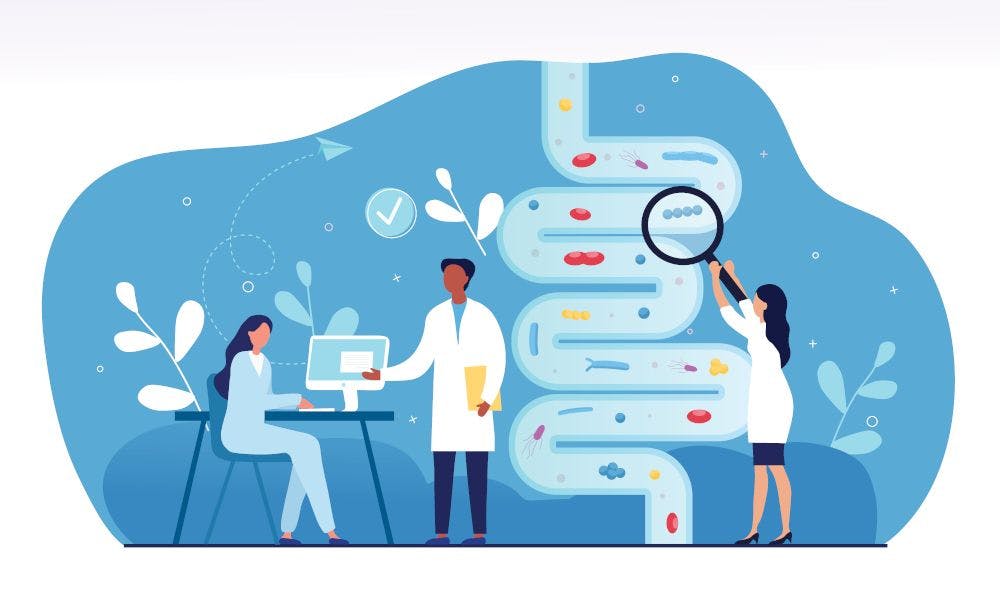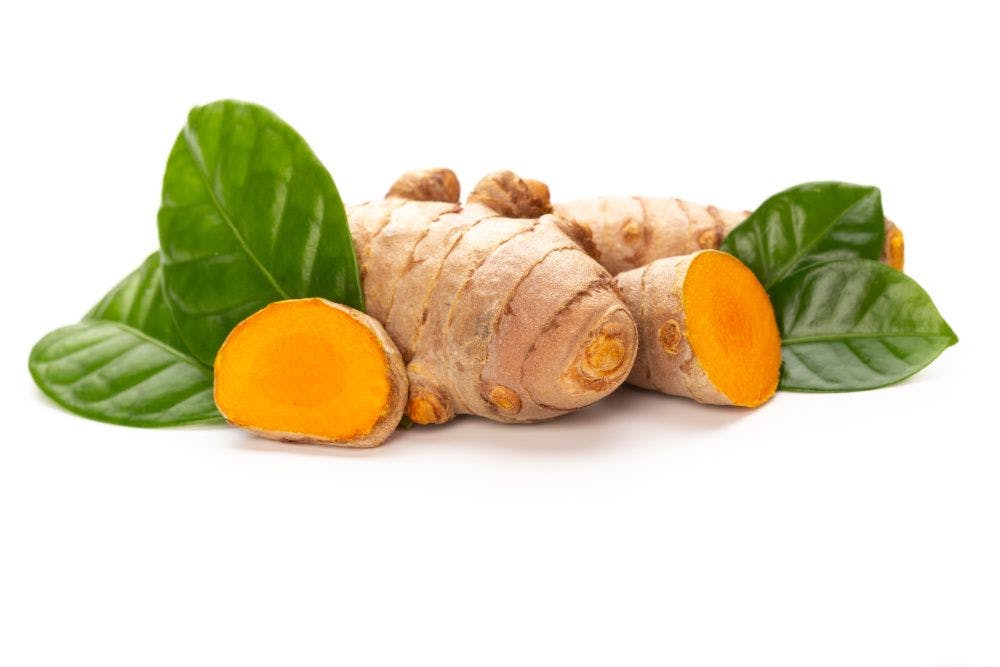How COVID-19 shaped botanical adulteration
COVID-19 wrought havoc on botanical supplies even as it sent interest in the ingredients’ health-promoting properties through the roof.
In a cruel twist of fate—or perhaps just the merging of market forces with Mother Nature—botanical ingredients are exquisitely evolved to encourage adulteration. Not only are their supplies subject to the whims of weather and growing conditions; their sales are subject to dramatic spikes in demand that can render their “street value,” so to speak, remarkably volatile.
And that, in turn, renders the temptation to play fast-and-loose with botanical integrity remarkably irresistible for industry bad actors.
If anyone needed a tutorial in how this relationship operates, they got one in real time when COVID-19 wrought havoc on botanical supplies even as it sent interest in the ingredients’ health-promoting properties through the roof.
Exhibit E: Elderberry
A case study for the history books involves Sambucus nigra, or elderberry. As Elan Sudberg, CEO of Alkemist Labs (Garden Grove, CA), explains, “The global pandemic drove record demand for supplements that support the immune system, and one immune-support botanical in extremely high demand is elderberry. For that reason, it’s also winner of the ‘Most Likely to Be Adulterated’ award.”
It likely gets Stefan Gafner’s vote. The chief scientific officer of the American Botanical Council (ABC; Austin, TX) notes that elderberry extracts “have seen an extraordinary increase in sales, and also an increase in pricing because of a supply shortage.”
Not surprisingly, then, identity-testing data that the Botanical Adulterants Prevention Program (BAPP) released this March revealed that “adulteration is rather common” in the 532 elderberry samples tested, Gafner says. (The BAPP program is a partnership of ABC, the American Herbal Pharmacopoeia (AHP), and the National Center for Natural Products Research at the University of Mississippi School of Pharmacy.)
To be sure, these shenanigans didn’t start with COVID; two similar reports published in 2016 and 2018 also presented evidence of elderberry adulteration with black-rice extract. But—not coincidentally—those earlier incidents also coincided with sales spikes following bad flu seasons, leading Gafner to deduce that, by driving consumers to elderberry as an herbal remedy, COVID “appears to have exacerbated” the adulteration situation once again.
“It goes to show,” he concludes, “that an ingredient that was previously thought to be relatively free of adulteration issues can suddenly become problematic when demand increases and supply is short.”
Temptation to Tamper
Gafner’s also heard tales of suppliers selling black-rice extract labeled not as elderberry extract, per se, but specifically as Williams elderberry extract, which comes from a species that grows in northeastern China, Japan, and Korea.
The scheme works because once an analysis shows that the material in question doesn’t match elderberry’s typical chemical fingerprint—as it inevitably doesn’t—“the supplier can push back by explaining that Williams elder doesn’t have the same composition as European or American elder,” Gafner explains.
It’s an example of the way in which inadequate quality-control methods can aid and abet adulteration. And there are plenty more contributing factors where that came from. For example, those aforementioned supply shortages and price spikes are common adulteration enablers, Gafner says, noting that lavender, sandalwood, and rose essential oils have all fallen victim to adulteration because of higher prices.
Mother Nature can also throw a wrench. When weather affected saw-palmetto harvest volume in the Southeastern United States, Gafner continues, adulteration followed soon thereafter, as well—indicating that weather is yet another contributing dynamic. “And yet another factor that may play a role is when traders from a certain region purposefully limit an herbal ingredient’s availability to increase pricing,” he adds.
Then there’s slack regulatory enforcement, as occurred after FDA suspended inspections for a period during COVID-19. That’s a whole other conversation.
We Know It When We See It
In addition to having many causes, botanical adulteration takes many forms, Gafner continues. He considers admixture or substitution of a labeled ingredient with lower-cost extracts of similar chemical constituency “the most common” mode and points to adulteration of ginkgo-leaf extracts with Japanese sophora as a case in point.
He’s also witnessed instances of fortification of a botanical with undeclared marker constituents made by fermentation or chemical synthesis—one example involving the curcuminoids in turmeric, and another the adulteration of acerola with synthetic vitamin C.
“Sometimes unethical companies add undeclared colorants to the ingredient to improve visual aspects or fool analytical methods, too—most prominently spectrophotometric assays,” he goes on. St. John’s wort and bilberry extracts frequently face risks here.
And another concern is the sale of excessively diluted extracts. In these cases, Gafner says, an analysis might show that a product contains little to none of the labeled ingredient, “and also no constituents of other potentially adulterating ingredients.” So what’s there, then? Predominantly fillers, Gafner says. He points to one study1 that found echinacea products reportedly amounting to 95% filler based on a semi-quantitative analysis.
For his part, Sudberg adds, “What we find most disturbing is how frequently our certificates of analysis are being counterfeited.” Alkemist Labs has seen incidences of these “CofAs,” as they’re known, being photoshopped to change supplier or lot numbers, which plunges the company into what Sudberg describes as “a nonstop game of writing cease-and-desist letters to entities around the world. It’s why we invite potential buyers to confirm with us that a CofA with the Alkemist Labs name is legitimate.”
As for which botanical ingredients are attracting the most fraudsters—aside from those mentioned above—Gafner says that berry extracts ranging from cranberry and blueberry to bilberry “are of high concern,” as are mushroom-based ingredients, in no small part thanks to the popularity they developed during the pandemic.
And while “we still don’t have much data on COVID-19’s impact or the extent to which it increased or decreased adulteration case numbers,” he says, if past is prologue, the herbal ingredients that suffered the greatest supply constraints will ultimately face the greatest threat.
Who’s Policing the Beat?
It makes one wonder who’s watching over it all—besides BAPP, that is.
And as Gafner is quick to note, “BAPP appears to be the most prominent industry-funded initiative to curb adulteration.” Most other industry efforts, meanwhile, focus on providing quality-control tools, such as the American Herbal Products Association’s (Silver Spring, MD) Botanical Identity References Compendium.
“Similarly,” Gafner continues, “the HPTLC Association, with which ABC just entered a memorandum of understanding to make resources more widely available, gives access to its database of HPTLC botanical-ingredient chromatograms.” And both the AHP’s monographs and the United States Pharmacopeial botanical-ingredient monographs lay out identity and quality analyses for select herbs.
Sudberg praises the ABC and BAPP specifically for being “very vocal” about known issues. “And while being vocal is about as good as our industry gets,” he continues, “I’m trying to up the ante by encouraging our clients to make lab data shareable to all.” His reasoning? “If we proudly share our quality stories from seed to shelf with transparency at each inflection point for each ingredient, there won’t be a place for adulteration.”
That’s the idea, at least—and the ideal. But like the flu itself, the periodic rearing of adulteration’s ugly head may just be something the botanical sector has to live with.
Even Sudberg the idealist concedes this. “This industry is made of some of the most admirable characters and companies producing life-changing, high-quality products,” he declares. “I call them my friends. But along the outskirts are those only concerned with short-term profit.”
And given that everything from popular demand to future pandemics will keep the adulteration cat-and-mouse game going, “Plant cops like me will continue to work behind the scenes to make sure we all have the best chance at avoiding another 2020,” Sudberg says.
Reference
- Handy SM et al. “HPLC-UV, metabarcoding and genome skims of botanical dietary supplements: A case study in echinacea.” Planta Medica, vol. 87, no. 4 (April 2021): 314-324

Prinova acquires Aplinova to further increase its footprint in Latin America
April 7th 2025Prinova has recently announced the acquisition of Brazilian ingredients distributor Aplinova, which is a provider of specialty ingredients for a range of market segments that include food, beverage, supplements, and personal care.























